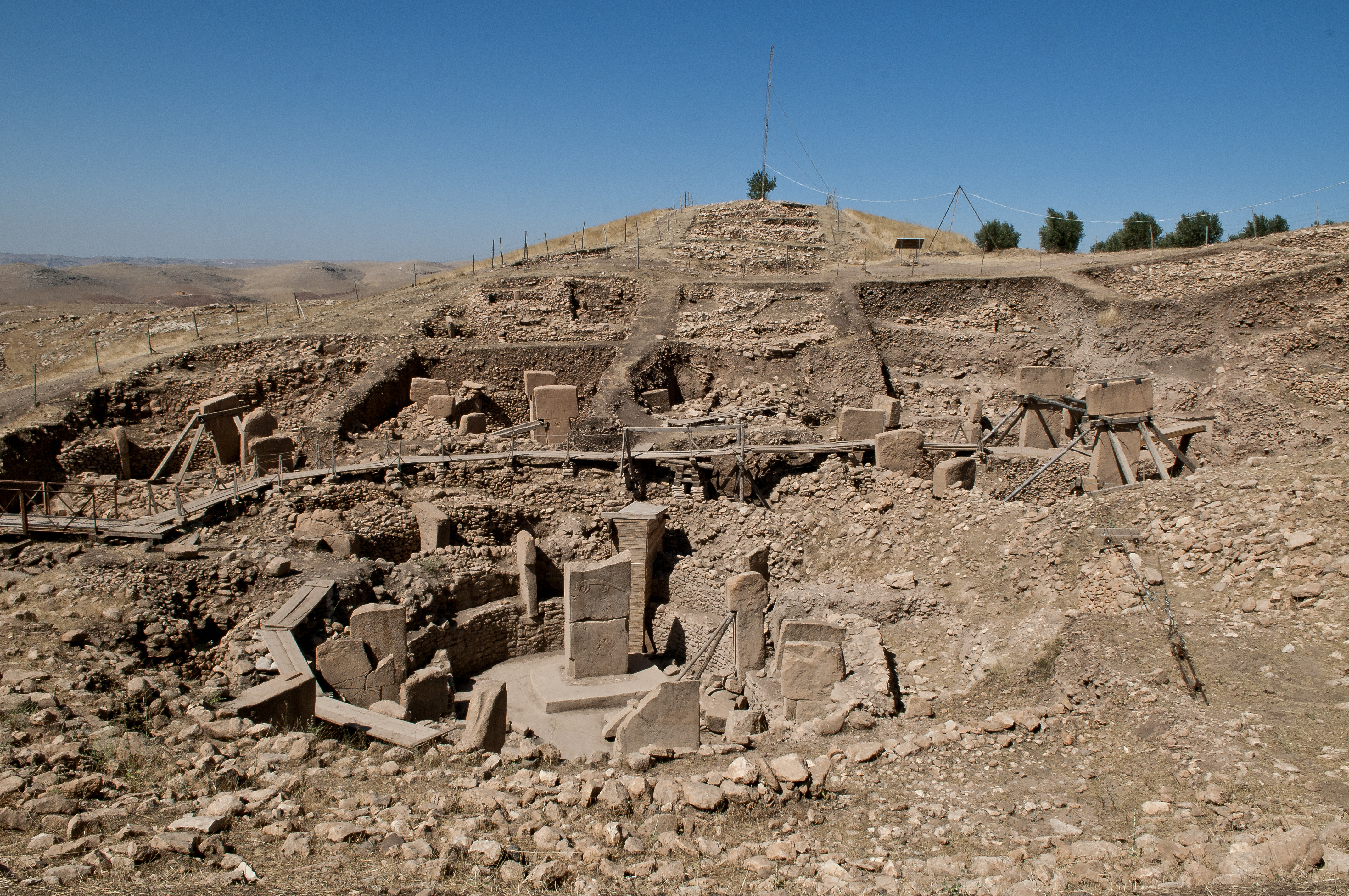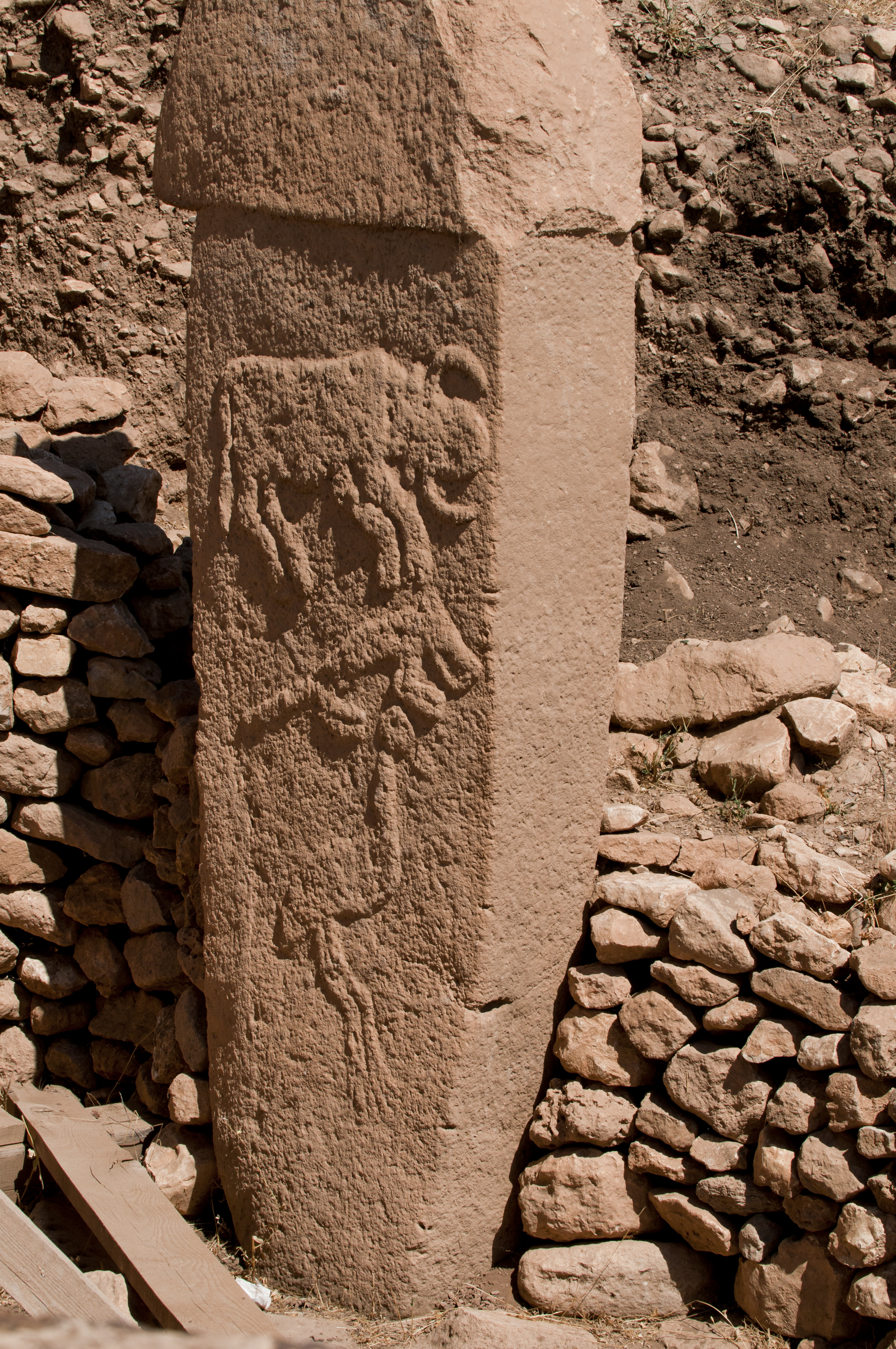Once you start exploring the astounding achievements of ancestors you just cannot stop. Most recently, we admired the amazing achievements of the ancient inhabitants of the Amazon area in the field of landscape archaeology and agriculture. No less astounding findings were explored in the Middle East. Huge megalithic stone complex, Göbekli Tepe, dated 11,500 years ago, is located in southeastern Anatolia in Turkey and it is one of the earliest known temples in the history of humankind and one of the most important discoveries in the Neolithic region.

Researchers at Tel Aviv University and Israel Antiquities Authority used architectural analysis to discover that the impressive concentric stone structures of Göbekli Tepe and the huge limestone pillars are a single geometric structure.
Gil Haklay, a Ph.D. candidate at Tel Aviv University, and Professor Avi Gopher suggest that three of the monumental concentric structures of Göbekli Tepe, the largest of which is about 20 meters in diameter, were originally planned as a single project. They used a computer algorithm to study various aspects of architectural design related to the construction of this amazing complex of the Early Neolithic period.

The results of their research are published in the Cambridge Archaeological Journal in May. “Göbekli Tepe is an archaeological miracle,” Professor Gopher explains. “It was built by Neolithic communities 11,500–11,000 years ago, and consists of round stone structures and monumental stone columns up to 5.5 meters high. Since at that time there was no evidence of farming or domestication of animals, it is believed that the complex was built by hunters-collectors. However, such architectural complexity is very unusual for them” (sciencedaily.com).

Most researchers claim that the walls of the Göbekli Tepe in the main excavation zone were built over time. However, Haklay and Professor Gopher say that three of the structures were designed as a single project and following a consistent geometric plan. “The layout of the complex is characterized by a spatial and symbolic hierarchy, reflecting changes in the spiritual world and social structure,” explains Haklay. “In our study, we used an analytical tool – an algorithm based on the display of standard deviation – to determine the basic geometric pattern that governed the design.”
“This study provides important information on the early development of architectural planning in the Middle East and around the world,” adds Gopher. It has been traditionally assumed that planning methods such as applying geometry and floor plans came about much later after hunter-gatherers turned into food-producing farmers about 10,500 years ago. However, a new study of the Göbekli Tepe complex allows us to reconsider the traditional premises.

Discovered by a German archaeologist, Dr. Klaus Schmidt in 1994, Göbekli Tepe is still the subject of intense archaeological debate. Despite the intensive study of this and many other complexes of the early Neolithic period, the problems of architectural planning and its cultural consequences in these periods did not attract such close attention of scientists before. However, this is not entirely true. Exited by the ancient mysteries, we found another stunning megalithic complex in the Middle East, whose creators were certainly well acquainted with geometry and planning. Read about the Wheel of Spirits in our next publication.
Featured image: By Zhengan – Own work, CC BY-SA 4.0, https://commons.wikimedia.org/w/index.php?curid=34568404
Related Articles:
